No Homestead is an island.
When it comes to homesteading, there is a lot is said about self-sufficiency, self-reliance, and blazing your own trail.
However, one thing that hasn’t been talked about much is the important role community plays in building that self-sufficiency and how to cultivate community while doing it.
Engaging with community can be a tricky thing for anyone, especially if you are an introvert like me. Over the years, I have learned how important and valuable a community can be to your personal and homesteading life.
Whether you are in small town America or a big city, it is time to start taking on more of an active role in your community. Start by learning how to create a homesteading community wherever you are.
What is Cultivating Community and Why is it Important?
Whenever people think of cultivating, it is usually in relation to garden soil and not people or communities. In this case, cultivate just means promoting the growth or improvement of your local community.
Being self-sufficient doesn’t mean that you will never need anything from anyone else. Community gives us the opportunity to recreate the old-fashioned barter & trade system, support our local businesses, and work with others to build strong and sustainable homesteads.
There is a story that I like to share that truly reminds me why community is important. It is great example of how we can share each other’s strengths to build something that can withstand anything.
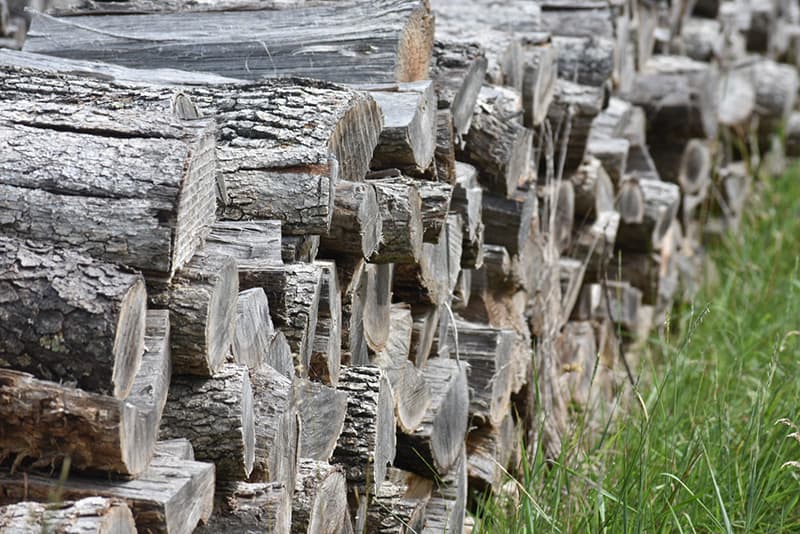
Our Story…
A friend of ours and his wife use wood heat and, just like us, love the process of heating with wood. Due to his health, he wasn’t able to get out to chop the firewood that they needed.
His co-workers and our small-town community decided to have a firewood day for him. We were asked to host the firewood day in our back pasture. This is where we always chop our own firewood and have large log piles hauled in from the mountains.
At 9 a.m. on a super chilly Saturday morning, in late February or maybe early March, the trucks and people descended on our Homestead. People from the community brought chainsaws, tools, tractors, and trailers. Everyone was out there for 5 or 6 hours chopping, splitting, and stacking.
It still gives me chills thinking about how the men, women and children of our small-town community came together to help a family in need.
It was an emotional day, because this is the kind of thing you don’t see often with community these days. Especially after this past year when people have been so disconnected and scared of one another.
This was a special experience that renewed my faith in humans and underscored how important building human connection and community truly are.
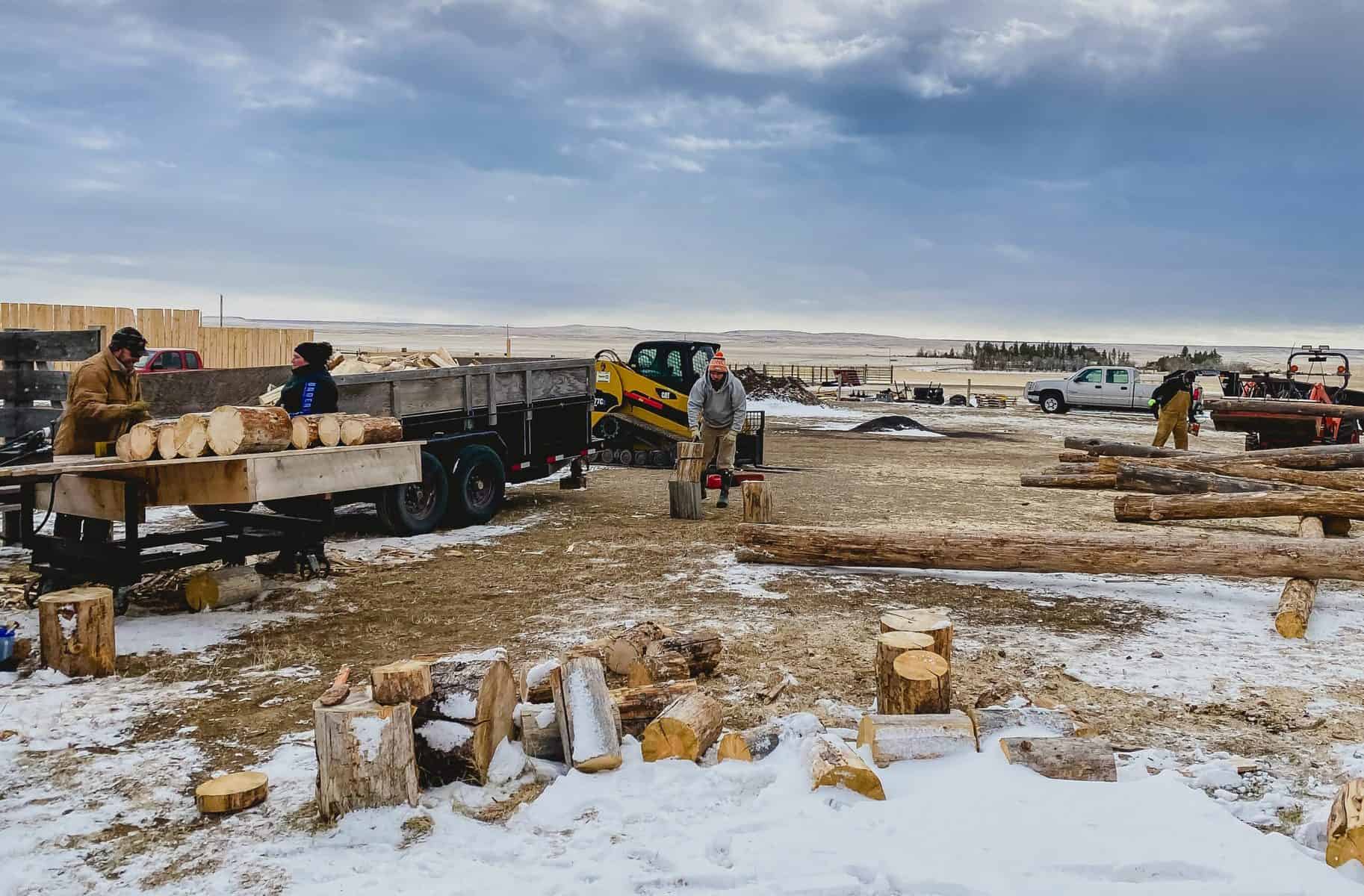
How to Cultivate Community and Build Connections
Homesteading can be all about community, but we don’t always talk about how to build a homestead community these days. In this modern age, there are online communities, and this type of community is really big for me (for example, my Project Homestead mentorship group, which is made of homesteaders like me who love to learn new skills). The online community has carried me through for many years, especially when I felt like I didn’t have a lot of local connection.
As the years have progressed, however, I find myself at a different stage in life and I feel that it is just as important to understand how special local connections are.
As homesteaders, I believe it is essential for us to understand the importance of investing locally. There will be times when your homestead won’t be able to provide you with everything. Creating connections with other people, local farms, producers, and other homesteads will give you the chance to do just that.
Forming new connections can be easier said than done, especially if you are coming into a small-town community and you are brand new to the area.
I am by no means an expert, but I would like to share some steps and advice on how to cultivate community while homesteading that have given us some pretty great results.
Step #1: Be Humble
The first and biggest step I would recommend, especially in agricultural, ranching, or farming communities, is to be humble. For the best possible outcome, approach this type of situation with a learning attitude and a growth mindset.
I have noticed while working with all sorts of different people within these communities that there can be a suspicion of anyone that comes in and acts like they know everything.
This doesn’t mean walk around cowering with your eyes on the ground, or letting people treat you differently. But it does mean that you should try to be respectful when you are coming into a place where people have been doing things one way for many years. Even if you have different opinions, practices and beliefs.
An example of this that I have noticed is when ranchers and homesteaders kind of butt heads a little bit. A lot of ranching folks are more conventional; they are going to do things the way they have always done them and there is a reason for doing them that way. Homesteaders, on the other hand, have been doing different research and have their own ideas about being healthier and more sustainable.
Neither group’s opinions or practices are wrong, it just means that both sides need to come into the situation with an open mind.
They must be willing to compromise and talk things through before just passing those blanket statements. Coming into a community and telling someone who has been doing something for fifty years that they don’t know what they’re doing isn’t generally helpful. Going about things that way won’t help win friends, influence people, or cultivate your community.
I’m not saying you have to give up on your convictions; stick to your guns on the things that you believe are important. Just keep in mind it is important to have a humble spirit as you come into a new small-town community.
Step #2: Try to Avoid being Cliquish (aka Get Out of Your Comfort Zone)
Cliques in a community is not just a small-town thing: humans are naturally pretty cliquish. Everyone tends to gravitate towards what is familiar and what they know. I believe it is natural for people to have a harder time bringing new people into the fold.
You will always find different friend groups within places like churches and schools; even whole towns can be a series of different friend groups.
Introducing yourself to a new group takes more effort, so most tend to go to where it is easy, and where they feel comfortable. If you feel like you are constantly waiting to be invited to something, don’t be afraid to make the first step. Take a bit of a risk, get out of your comfort zone and create your own opportunities to introduce yourself to different groups.
We have noticed that in our little town, when we reach out of our comfort zone, it has yielded pretty big results. It has given people the opportunity to see that we are here to help, rather than just being those ‘weird homestead blogger people on the hill’.
Let everyone know that you are there to support the community and its people; and ask what it is that you can do to help.
We started moving away from being the out-of-town people who kept to themselves’ when we purchased the little fixer-upper house in town last summer (see the fixer-upper house tour in this video). That fixer-upper house investment helped people understand and acknowledge that we really would like to help out and see the town improve.
You don’t have to go buy a house and fix it up to create opportunities; that was just a step that made sense for us.
Find something in your wheelhouse that might require a bit of risk-taking on a smaller scale, and show people you are invested in being part of the community.
Be the one to come up with an idea for community improvement. Just realize that it might be hard to get people rallied around it at first. That’s okay, take the risk and see what connections you can grow and how to cultivate community from there.
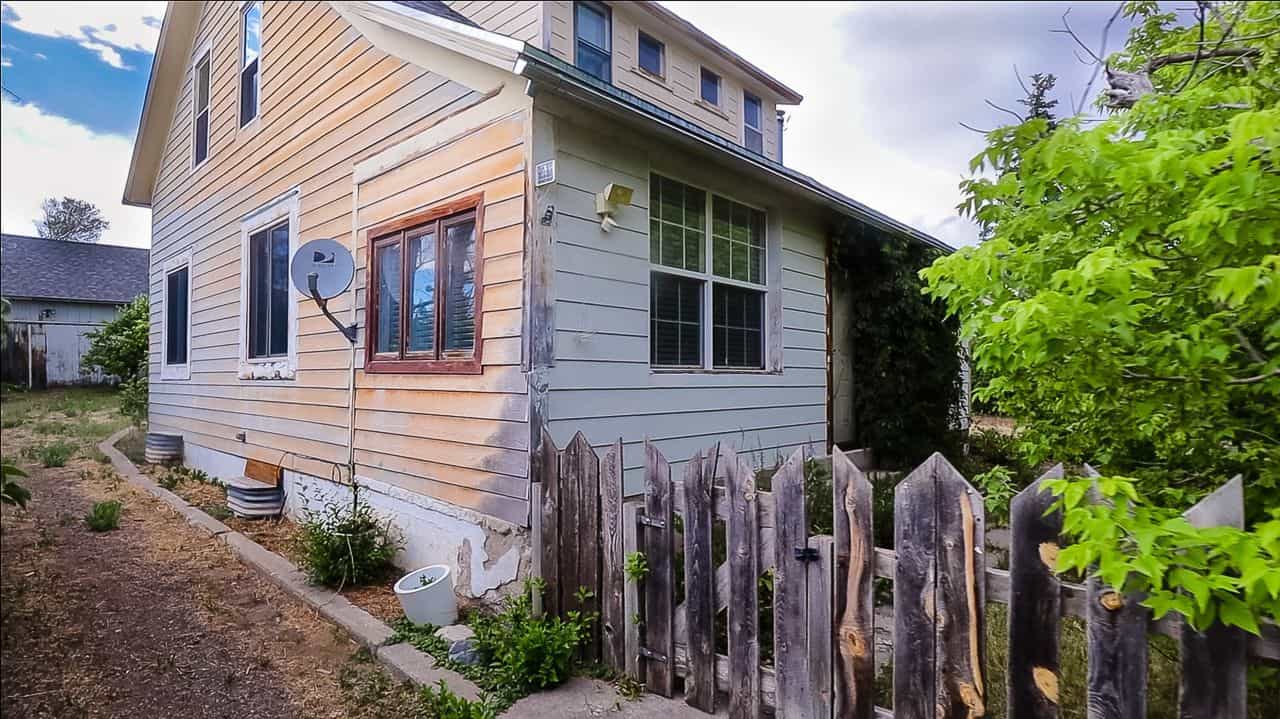
Step #3: Give People Time to Accept You
My next recommendation is to just give people some time to warm up to you. Sometimes it takes people a little while to feel you out and to make sure that you are someone trustworthy. Don’t be afraid to put yourself out there but give others some space to decide what they want to do moving forward.
Going about things this way has helped me create more opportunities and great relationships within our community.
Small towns are a little slower and they just have a different pace, which can be wonderful and charming. This also means people are going to need awhile to ruminate on things. Change, new faces, and especially new faces with ideas can be rough on a small-town community.
Be friendly, give folks in your community time to warm up to you, and let them decide what is the best way to move forward for them. I believe you won’t be disappointed with the results in the end.
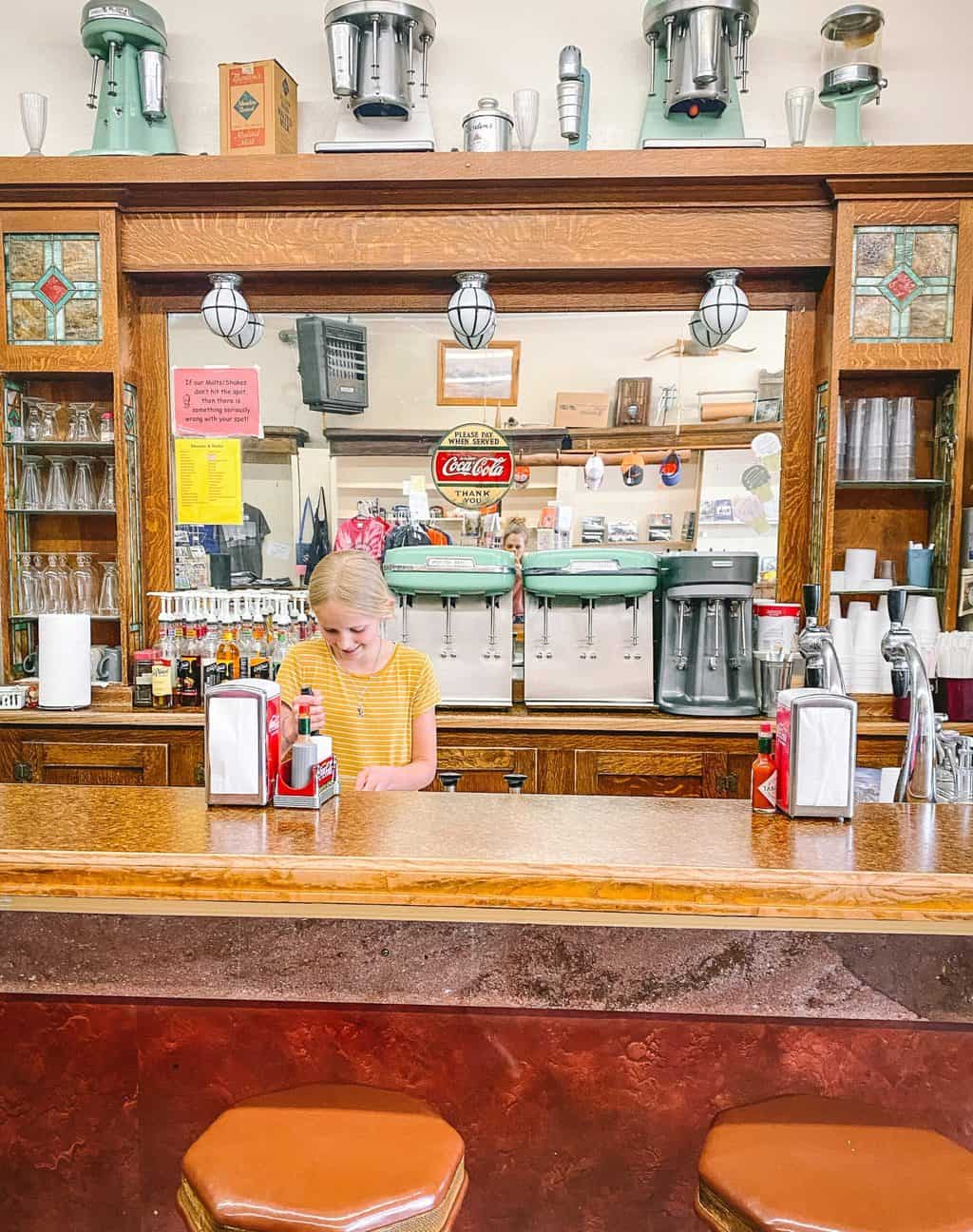
Step#4: Avoid Contributing to Community Division
This last one I think holds true no matter what sort of community group you find yourself becoming a part of. I know that when we started to get to know people in our area, the common theme seemed to be community division. There was no one person or group; it just seems sometimes in a small town there can be a lot of grudges.
Everyone has lived in a close location for hundreds of years, and some families have been there for a very long time. There have been many instances where I was talking to people that are from our local area, where there is a story about best friends not speaking anymore or how some families haven’t been speaking for generations. Sometimes you almost feel like there is a Hatfield and McCoys dynamic going on.
There are a lot of parts of the community that have been shattered by division and I imagine that this is true for any community.
One of my biggest goals is to not contribute to division, and I challenge you to do the same within your community. I know that it can be really hard because whenever humans are involved, we tend to muck things up.
If you feel like someone has wronged you or maybe you wronged them, the goal should be to try to keep those accounts short. Get them cleaned up and cleared out as much as possible, so you are not contributing to more breaking apart of relationships in your community.
Some communities may struggle more than others within this dynamic of division, but for our area, my goal is to cultivate community and create more connection.
How to Build a Homestead Community
This past year, with all the quarantines and food shortages and tensions, really underscored the importance of communities to me. In the spring 2020, we really pulled inward, and we started to lean more on local people and our little town. This experience has shown me that whether you are homesteading or just living life in general, community is important.
It has also made Christian and I look into the next phase of our homestead, and it’s becoming less about what we can do just for our own needs. It has us thinking, how can our homestead project help serve our community as a whole?
Major parts of our homestead that could become ways to help our community that I have been thinking about are our new milking parlor and how we built our greenhouse.
Possible Ways to Contribute to Community
- Provide Local Milk
One of our driving forces when we remodeled our milking parlor, was that maybe one day we won’t just be providing milk for our family. Someday, maybe, we would be able to provide to others in our local area as well. - Vegetable Starts
Building our greenhouse is another asset that could be used in the future, and there’s definitely enough room for me to grow extra food in there. I could also provide organic heirloom vegetable starts in my greenhouse to sell to the local people around me.
These are two ideas that our homestead might be able to provide for our community in the future. You may not be able to use these ideas, but there are so many different possibilities:
- Local Homegrown Meat
- Local Free Range Chicken Eggs
- Natural Local Honey
- Maple Syrup
- Organic Produce
- Firewood
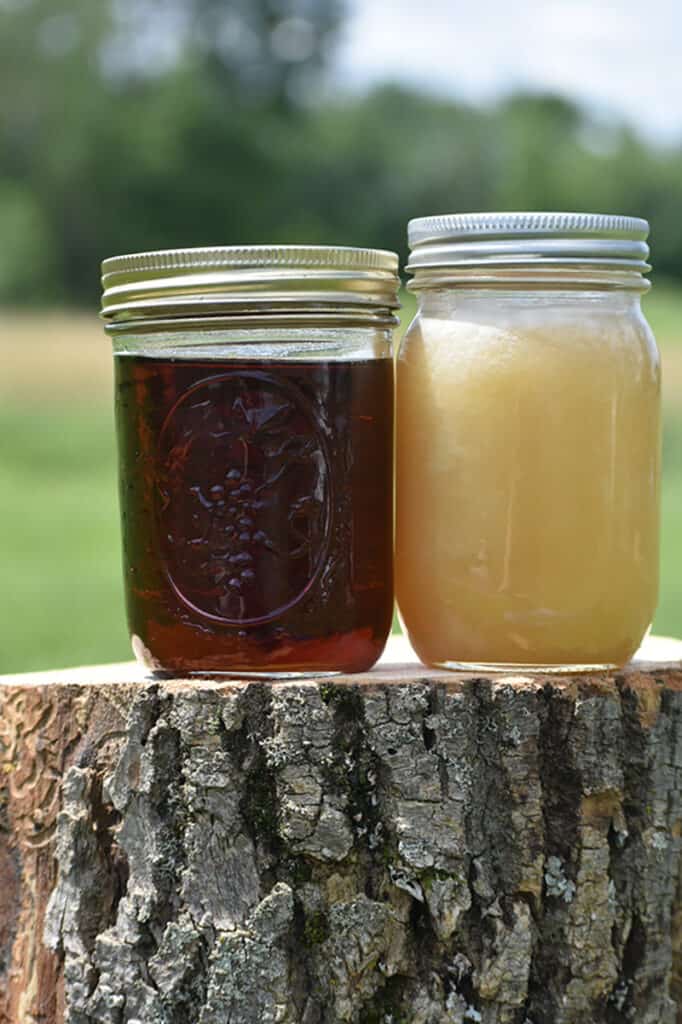
Maybe you can’t provide a physical product, but you are really good at a specific trade. You could think about providing a service:
- Painting
- Chopping wood
- Repairing fences and buildings
- Animal Processing
- Baking
The list of ways your homestead can help cultivate community is endless, it all depends on what your community needs and what you are able to provide.
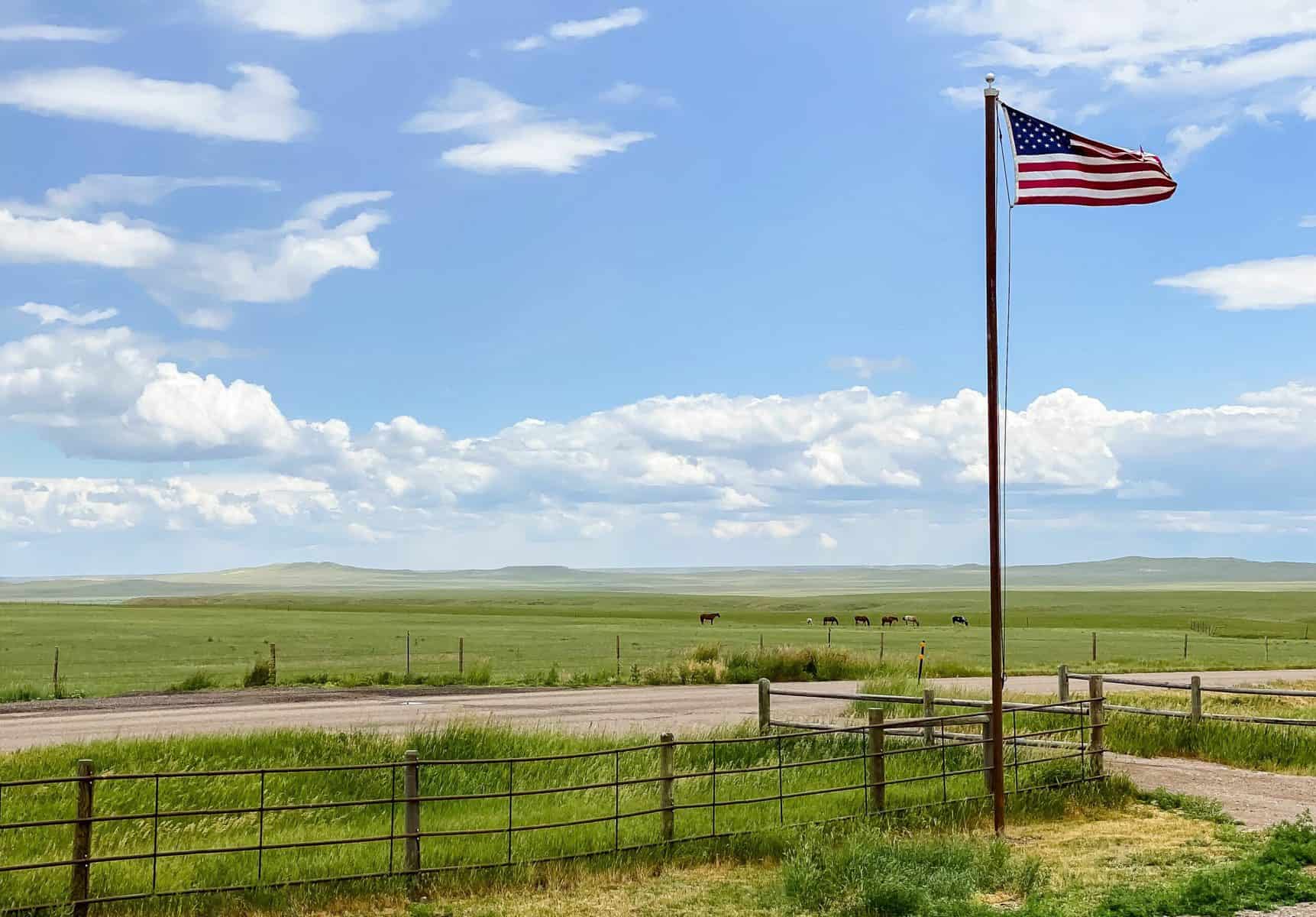
Bringing a Homestead Community Together
I think the best way to get to know someone is to do a project together. It is a great way to start creating a more laid-back connection.
I often hear or read accounts of old-time farm communities and pioneer communities, and they leaned heavily on each other. Some of my favorite stories are of barn raisings and the threshing parties where everybody got together to work on a common project. I believe this is what community is all about!
I think that this is a really special part of homesteading; it is one of the old-fashioned pieces that we should highlight and bring back into what we’re doing.
It reminds me of a term I once read in Braving The Wilderness, by Brene Brown, called “Collected Effervescence.” It is referring to the that dynamic that happens when a group of humans come together and work towards a common goal.
That is what I know we felt when we were out there chopping firewood in the sleet that day. We were freezing but I think all of us felt pretty warm and fuzzy. It’s that dynamic of people coming together and working on something that’s bigger than themselves.
There is so much potential in small-town America and I believe you can create that same dynamic as you cultivate your community regardless of where you are.
Start sharing eggs, sharing vegetables, and asking if people want to come over and help. Reach out to your neighbor and see how you can get involved. Cultivate your community by strengthening your local food production and bringing back the local bartering and trade system.
These are all a really big step towards cultivating community and creating opportunities to be less dependent on larger outside resources.
And if you are living in a city, you probably have more people around you and yet it might feel more difficult to create community. However, I firmly believe that no matter where you live, you can start thinking (and acting on it!) about how you can build more bridges, create more connection and how to reach out in your communities.
Take a listen to this info in my podcast episode here:
Learn More on Homesteading and Community:
- Join my online Project Homestead mentorship group, where we learn a new homesteading skill each month and encourage each other as we learn these new skills.
- How to Find Local Food Sources Near You
- Raising Old-Fashioned Kids in a High-Tech World
- Modern Homesteading Manifesto
- How Two City Kids Became Homesteaders
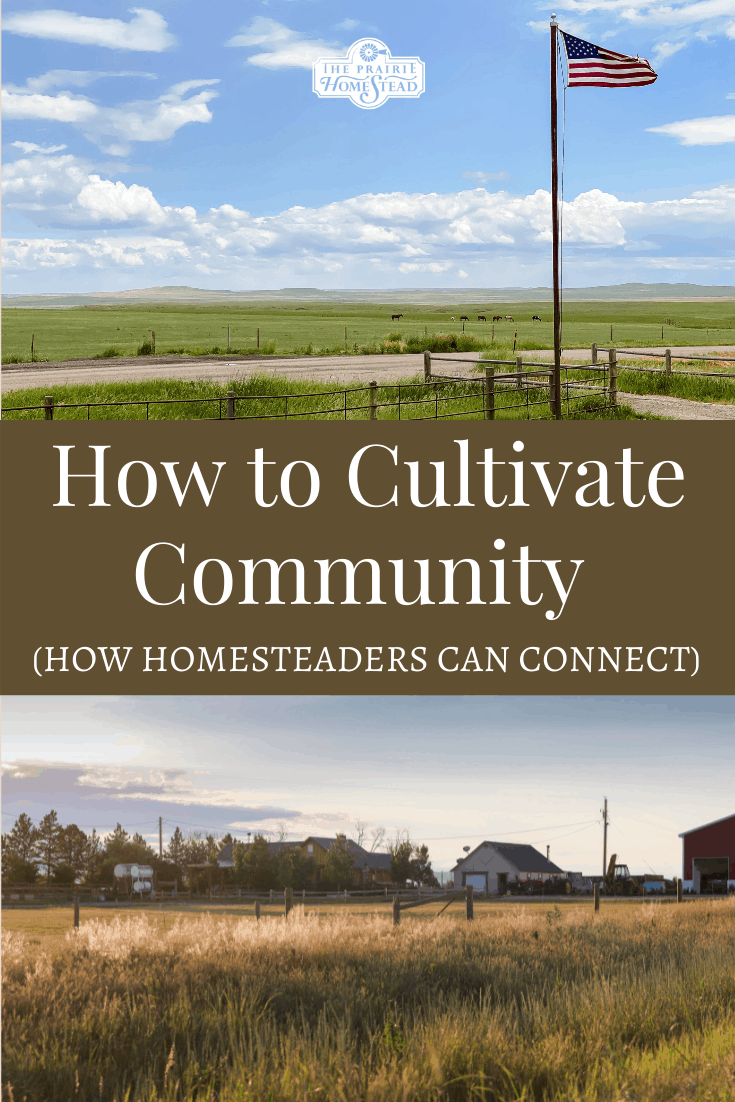
The post How to Cultivate Community While Homesteading appeared first on The Prairie Homestead.
Via Gardening http://www.rssmix.com/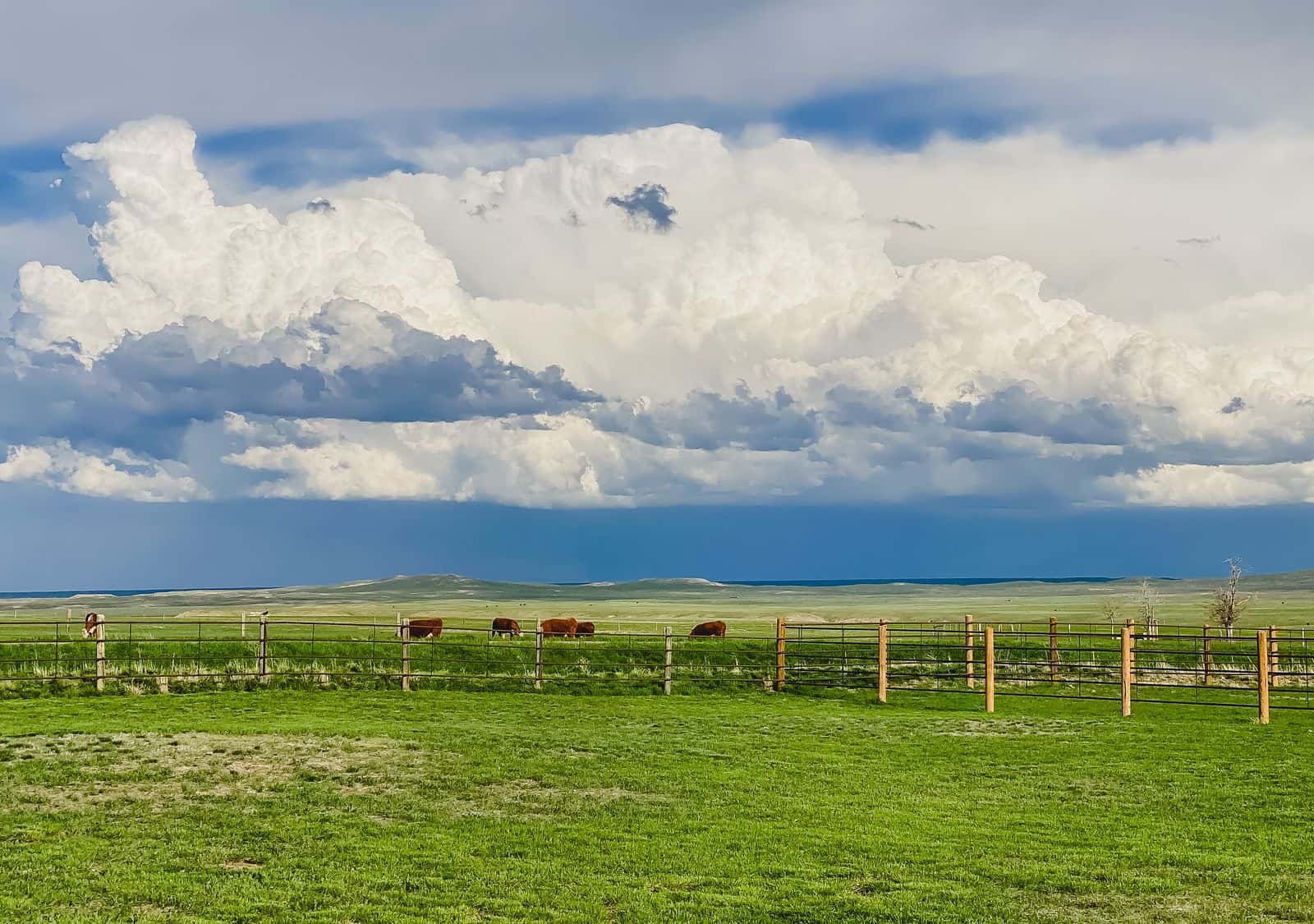
No comments:
Post a Comment